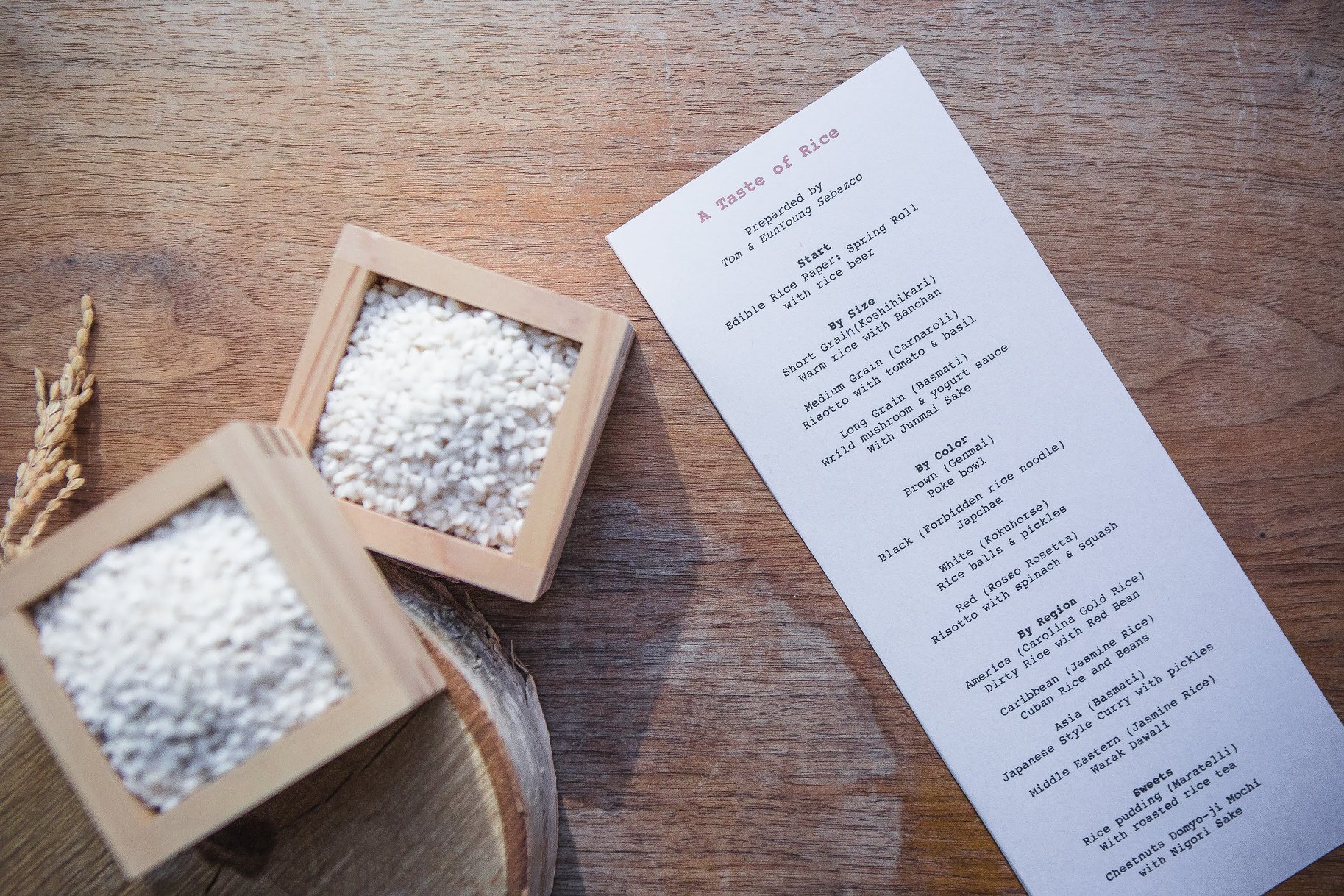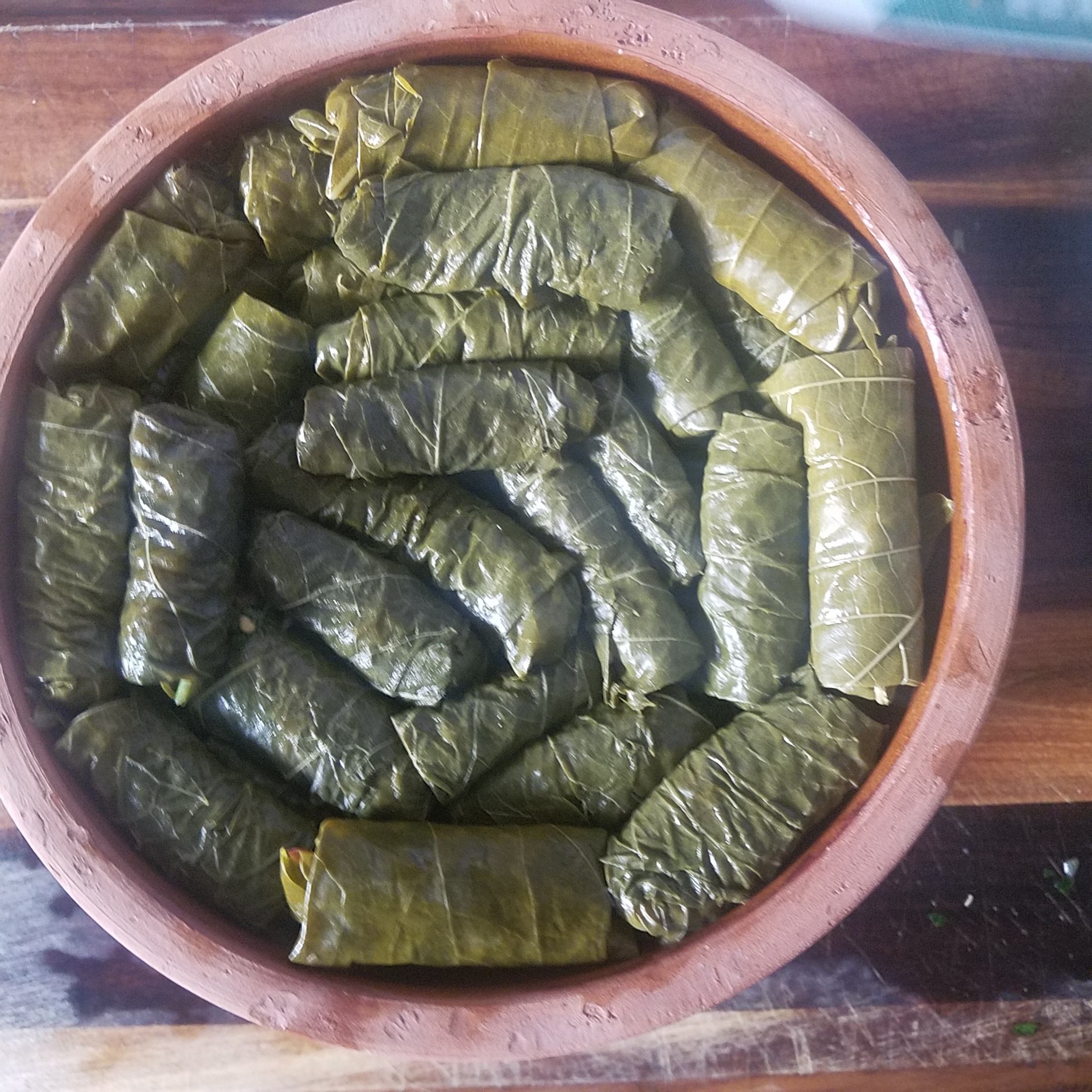1 What is a Donabe and how do you use a Donabe?
A Donabe is a Japanese pot made out of special clay. It can be placed directly over an open flame and the outside of the Donabe must be dry so it does not crack. It also must be allowed to cool down slowly after cooking to avoid cracking. Make sure to clean it well after use with tawashi (japanese scrubbing brush made from palm tree) with warm water.
2.What kind of food is the best cooked in a Donabe?
A very popular dish in the wintertime is called Yosenabe. It is a dish that has a base soup or broth with vegetables, chicken or salmon. It can be used as a dipping sauce for yuzu (Japanese Citrus) or sesame paste. Yosenabe can also have miso, kimchi, or soy milk as a base. My family recipe uses kombu and mushrooms, ginseng, daikon, edible chrysanthemum, tofu, cod, and oyster for the base. Noodles or rice is added at the end of the cooking when the soup gets thick. This is called "Shi me” and looks like risotto. Simmering all the ingredients in a Donabe creates an umami, bringing out the best flavor in each vegetable. A Dobane could also be used for cooking rice, steaming vegetables, and cooking meat on their own.
3. Why does a Donabe affect the taste of food differently than other pots?
Compared to a stainless steel pot, a Donabe transfers heat slowly and insulates the heat to trap the savory umami flavor. Radish and rice also becomes sweeter as the sugars are broken down by high temperatures. Donabe pots perfectly maintain ideal temperatures of 40-60 degrees for umami flavors and helps keep the vegetables from losing their shape, such as the potato and onion in Nikujaga and Odendishes. This is because moisture is released through the Dunabe clay and prevents the water from boiling over and ruining the shape of the vegetable.
4. How / why do you use cooked rice water before you use the Donabe?
Rice water and paste is often used as a glue in Japan for pasting paper and fans together. Its sticky properties help to seal any air pockets in the Donabe clay and prevents food from sticking to the sides of the pot. You all need is starch! When you use starch (rice or wheat flour), put 2 Tbspoon and pour water 80% of pot and heat, when it boils, turn small flame and boil 20-30min. After leave it half day, you are ready to use!
5. What recommended steps can be taken to care for the Donabe?
Clean and keep in dry the Donabe thoroughly and completely dry before using.
6. Where I can purchase a Donabe?
Hitachiya USA. You can buy Donabe above on our web site Donabe
















